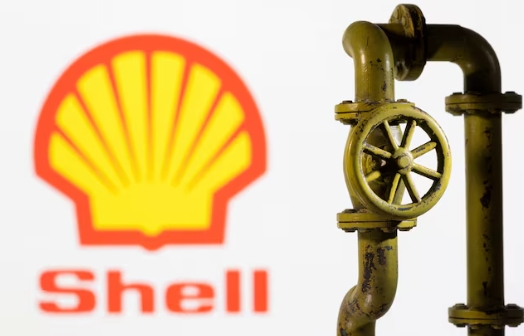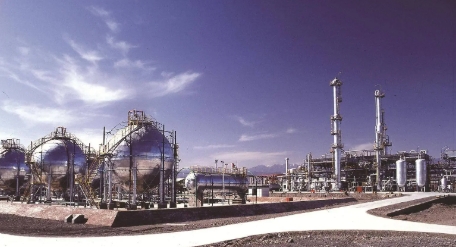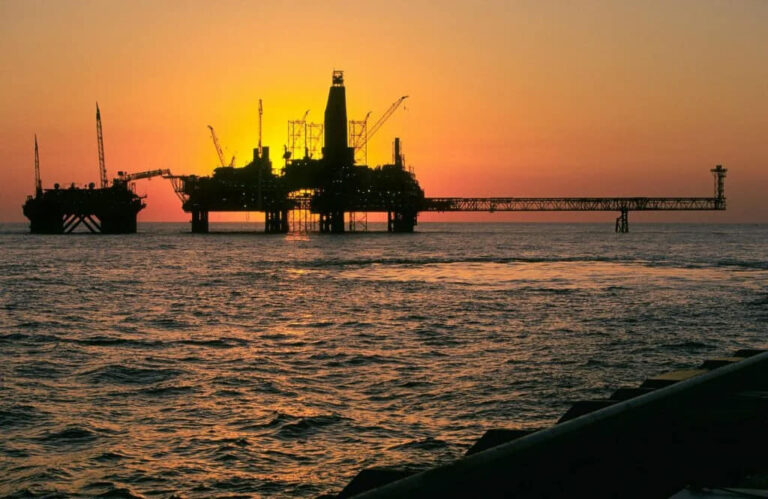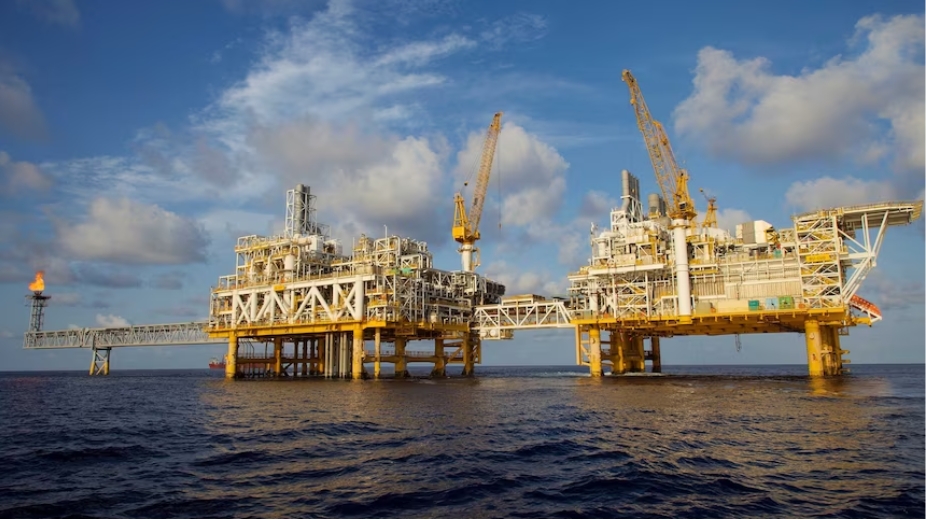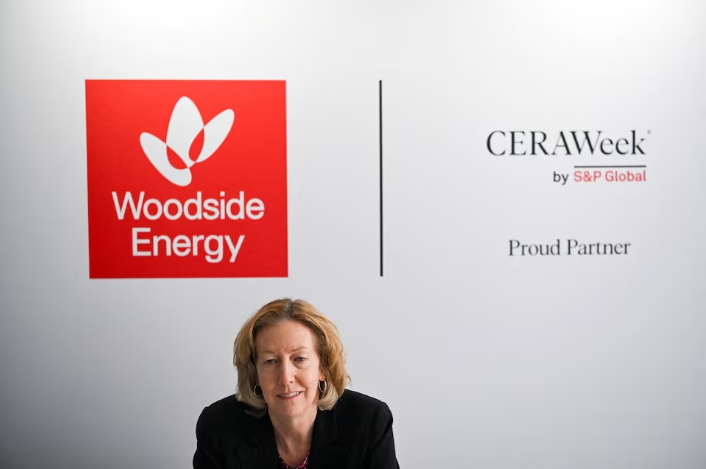New rules have been put forward by the Australian Energy Market Commission (AEMC) that could prevent wind and solar projects from reducing their output, without first notifying market operators, under a draft rule that seeks to see renewable energy projects operate more like coal and gas plants.
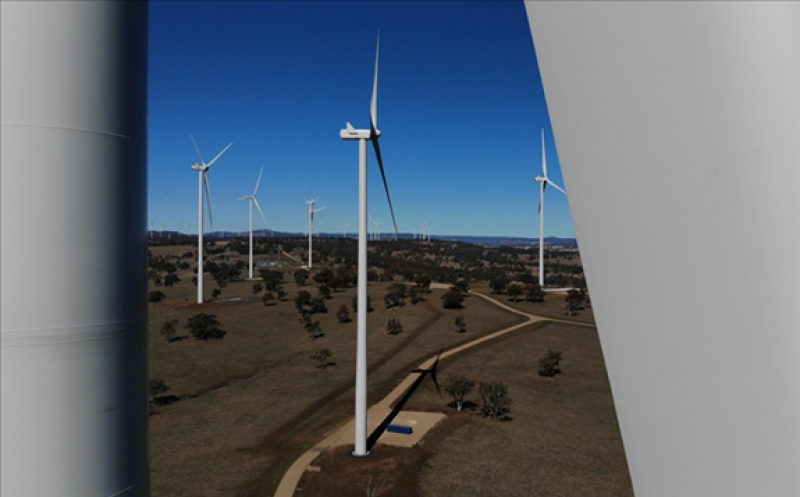 Sapphire wind farm (supplied).
Sapphire wind farm (supplied).
The AEMC says that the draft rule is required to improve energy system security and will apply to “weather-reliant” generators – code for wind and solar projects. The draft rule change will require wind and solar projects to inform the Australian Energy Market Operator (AEMO) before reducing their output or turning off.
The AEMC says that the new rule – originally proposed the Australian Energy Regulator under advice from AEMO – is justified by a need to improve power system security and would introduce a degree of “technology neutrality” to power station scheduling, by imposing similar output expectations on wind and solar generators as those imposed on coal and gas projects.
“Weather-reliant generators such as large scale solar and wind farms would be prevented from turning down or off without informing the market operator under a draft rule to boost system security,” the AEMC said in a statement.
Currently, most large-scale solar and wind projects participating in the National Electricity Market are characterised as ‘semi-scheduled’ generators. Under certain conditions, AEMO may set a cap on the maximum output of ‘semi-scheduled’ generators, usually during periods where there is a risk of exceeding the capacity of network infrastructure.
In such circumstances, wind and solar projects cannot produce power above the cap set by AEMO, but have generally been allowed to reduce their output to any level below the cap.
This arrangement initially introduced to help manage system security, while recognising that both wind and solar projects were dependent on weather conditions, but there have been some concerns that wind and solar projects have used the arrangement to withdraw output from the market during periods of low or negative electricity prices.
Under the new rule, the AEMC proposes to introduce a new generation target for wind and solar projects, that projects will be required to deliver upon, during periods where no semi-scheduled generation cap has been set.
Wind and solar projects will be expected to meet the new output target, and continue to produce power in line with their respective resource availability. In other words, if there’s wind and sun available, then wind and solar projects will need to generate power if they have received a dispatch instruction from AEMO.
The growth in wind and solar projects has raised concerns that significant amounts of capacity could be withdrawn from the market during crucial periods without notice, with just over 12,000MW of semi-scheduled wind and solar projects currently registered in the National Electricity Market.
The AEMC says that the new rule is designed to see wind and solar projects operate more like gas and coal projects in the market, which particularly in the case of coal, are often unable to quickly withdraw capacity from the market.
“The Commission’s rule change would have the effect of requiring semi scheduled generators to follow their available resource except during semi dispatch interval, when output should be limited to the cap specified by AEMO,” the AEMC says.
“The Commission considers this change will restrict the potential for large and rapid deviations from dispatch instructions due to negative price curtailment, and make semi-scheduled generators behave more like scheduled generators.”
The draft rule has been developed in response to a request from the Australian Energy Regulator (AER), which in turn was acting on a request from energy ministers via the former COAG Energy Council.
The AER had originally requested a rule change that would limit the ability of wind and solar generators to withdraw capacity from the market during periods of negative prices.
“If the sun is shining and the wind is blowing then the market operator needs semi scheduled generators to produce the energy they say they will. As is the case for other types of generation, semi scheduled generators should not be able to just turn off in the face of low or negative prices without proper notification,” AER Chair Clare Savage said in September.
The AEMC has applied a fast-tracked rule change assessment process, proceeding to the development of a draft rule change before seeking feedback from stakeholders.
The AEMC is seeking submissions in response to the draft rule, which will remain open until mid-January.
This article is reproduced at reneweconomy.com.au
